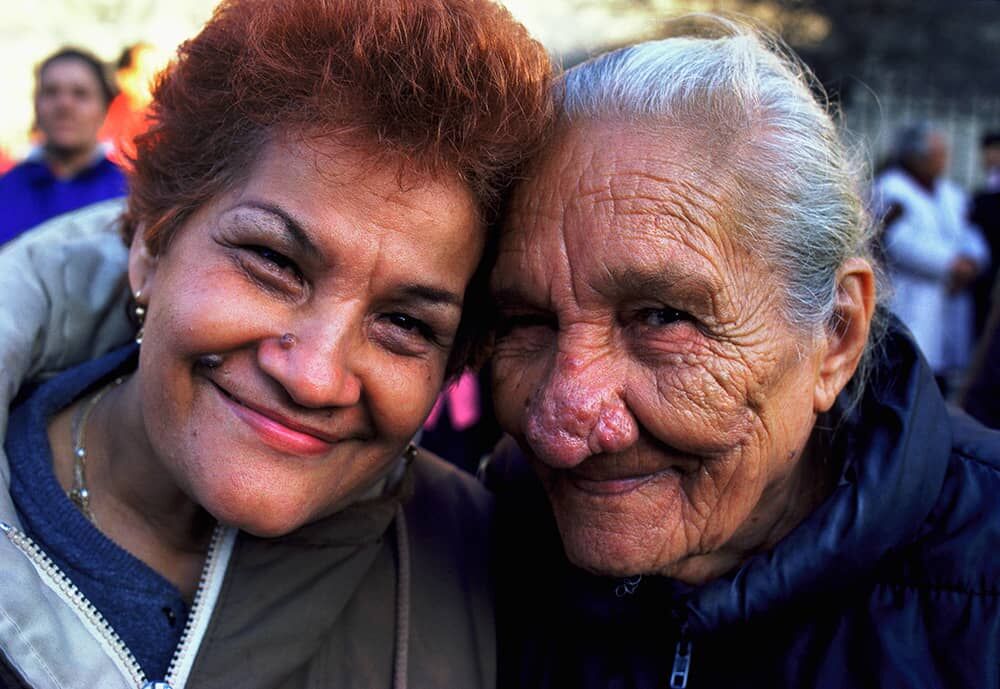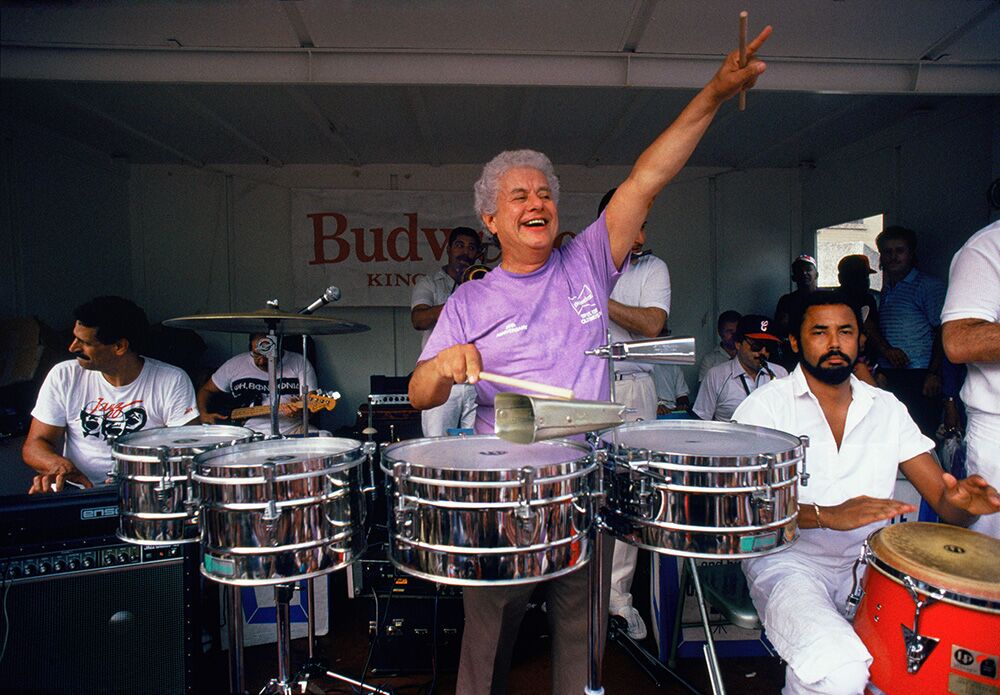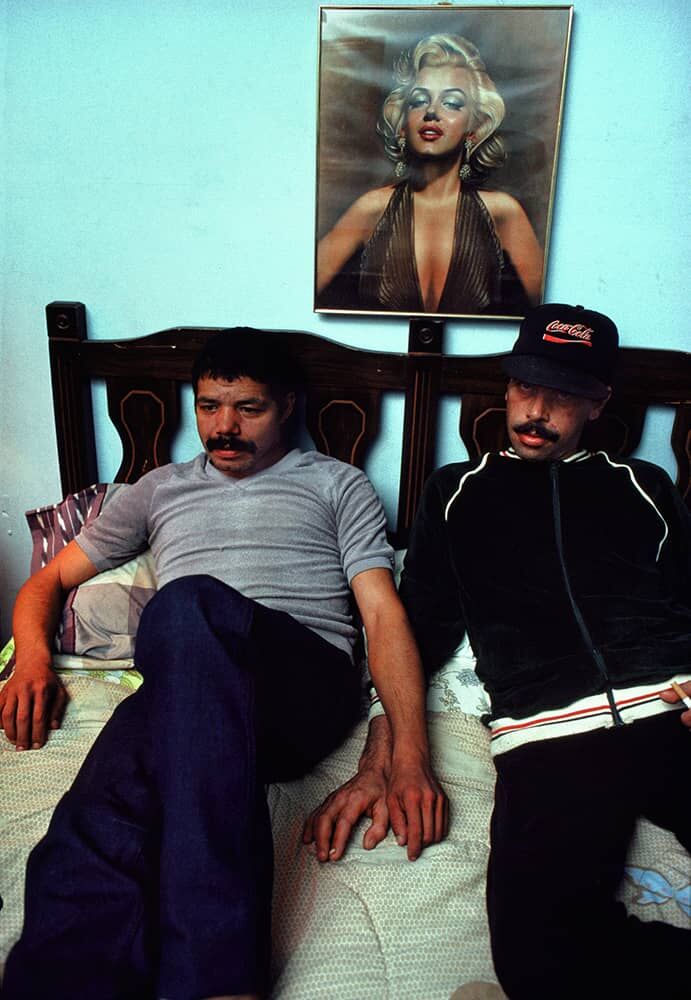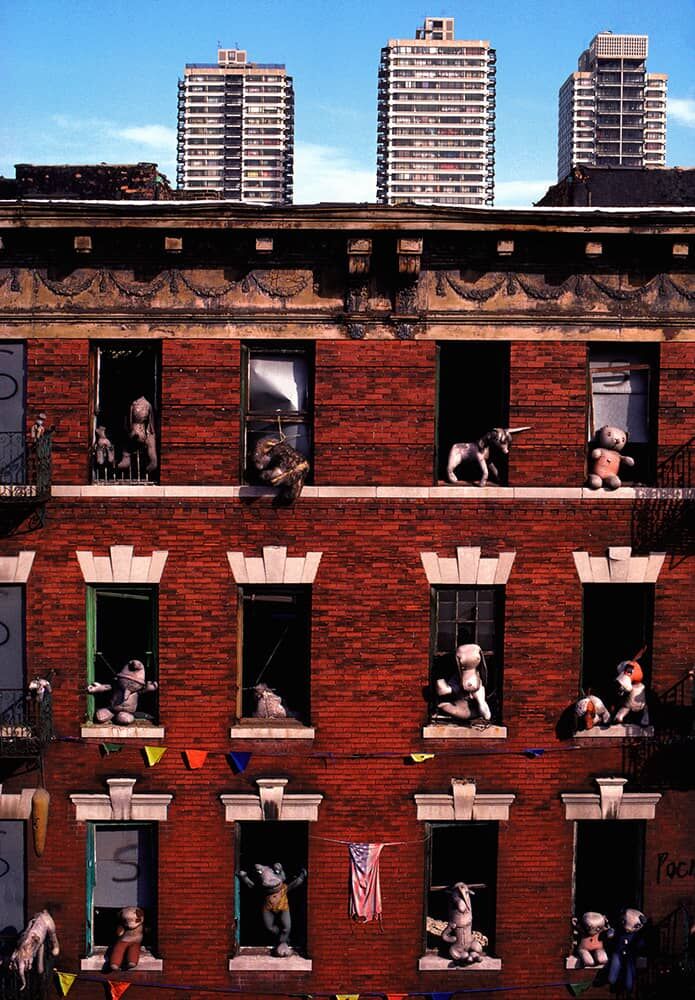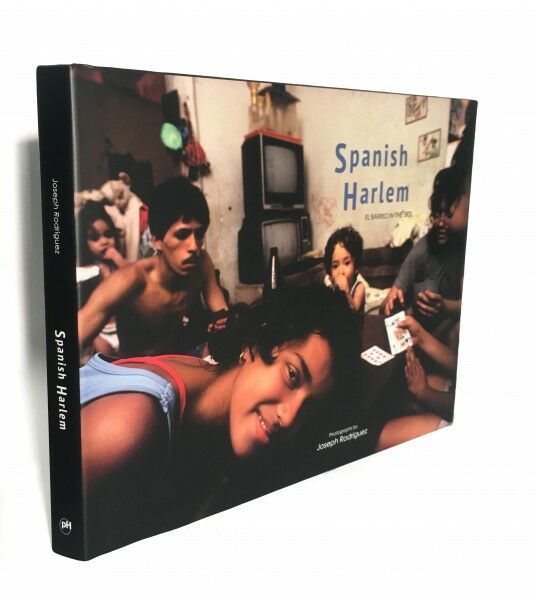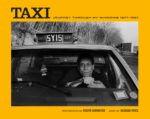Lorsque le photographe Joseph Rodriguez, élevé à Brooklyn, a fait ses débuts pour la première fois dans son travail photographié à Spanish Harlem dans les années 1980, cela a changé le visage de la photographie documentaire. Du cran, de l’élégie, de la célébration, de la fierté, un cataclysme tapageur – le tout intégré dans le portrait d’un lieu et des gens. Aujourd’hui, trois décennies plus tard, Rodriguez et powerHouse Books revisitent cette série révolutionnaire: déterrer d’énormes nouvelles caches d’images, et ré-éditer et présenter l’ensemble du travail dans une belle monographie de luxe, recadrant le projet comme un projet qui a poussé au-delà du documentaire vers le royaume des beaux-arts. Plus de 30 ans après le début du projet, Spanish Harlem: El Barrio dans les années 80 concrétise enfin cette entreprise sans précédent.
Spanish Harlem, le plus ancien quartier de New York, est la Mecque des États-Unis où les Portoricains se sont établis pour la première fois dans les années 1940. L’un des centres les plus vitaux de la culture latino en Amérique, Spanish Harlem compte 125 000 habitants, dont la moitié sont des Latino-américains. Tournées du milieu à la fin des années 80, les superbes photographies de Joseph Rodriguez nous plongent au cœur du quartier, capturant l’esprit d’un peuple qui survit malgré les ravages de la pauvreté et, plus récemment, la menace de gentrification et de déplacement. Dans un paysage maintenant lointain jonché de bâtiments abandonnés, de ruelles sinistres et de fléau de la dépendance, les habitants de Spanish Harlem ont persévéré avec un style flamboyant et une autonomie rude.
Le cœur du travail vient de l’intimité et de l’accès de Rodriguez. La confiance et la familiarité qu’il a construites avec ses sujets – visites répétées sans appareil photo, puis sans photographie, puis petit à petit, un coup d’œil ici, une photo là-bas – lui ont permis de transcender l’éclat et l’exploitation au niveau de la surface pour capturer des images qui révèlent l’essence de le quartier et de l’époque. Cet accès, associé à un sens aigu du détail et de la composition, et à la capacité exercée et disciplinée à trouver le moment parfait, a conduit à la création d’un récit tout à fait unique et époustouflant. Des scènes idylliques d’enfants jouant sous les gicleurs sur le terrain de jeu, ou exécutant la Bomba Plena le «Old Timer’s Day», aux images choquantes d’hommes tirant sur des speedballs et d’enfants mourant du sida, Rodriguez révèle une journée dans la vie du quartier de les années 1980.
Joseph Rodriguez est né et a grandi à Brooklyn, New York. Il a commencé à étudier la photographie à la School of Visual Arts et a ensuite obtenu un diplôme d’associé en sciences appliquées au New York City Technical College. Il a travaillé dans l’industrie des arts graphiques avant de décider de poursuivre la photographie. En 1985, il a obtenu un diplôme en photojournalisme et documentaire de l’International Center of Photography de New York. Il a ensuite travaillé pour l’agence photo Black Star et des agences de presse imprimées et en ligne comme National Geographic, le New York Times Magazine, Mother Jones, Newsweek, Esquire, Stern et New America Media. Il a reçu des prix et des subventions de la New York Foundation for the Arts, Artists ‘Fellowship, de l’USC Annenberg Institute for Justice and Journalism, de l’Open Society Institute Justice Media Fellowship et de la Katrina Media Fellowship, du National Endowment for the Arts, de la Fondation Rockefeller, de Mother Jones International Fund for Documentary Photography et Alicia Patterson Fellowship Fund for Investigative Journalism. Il a reçu le prix Pictures of the Year par la National Press Photographers Association et l’Université du Missouri, en 1990, 1992, 1996 et 2002. Il est l’auteur de Spanish Harlem, qui fait partie de la série «American Scene», publiée par le National Museum of American Art / DAP, ainsi que East Side Stories: Gang Life in East Los Angeles, Juvenile, Flesh Life Sex in Mexico, et Still Here: Stories After Katrina, publié par powerHouse Books. Les expositions récentes incluent la Hardhitta Gallery, Cologne, Allemagne; Galerie de photographie Irene Carlson, Université de La Verne, Californie; Third Floor Gallery, Cardiff, Pays de Galles, UK Institute for Public Knowledge, New York, NY; Moving Walls, Open Society Institute, New York, NY; and Cultural Memory Matters, 601 Art Space, New York, NY.
When Brooklyn-raised photographer Joseph Rodriguez first debuted his body of work shot in Spanish Harlem in the 1980s, it changed the face of documentary photography. Grit, elegy, celebration, pride, lurking cataclysm—all embedded in the portrait of a place and the people. Now, three decades later, Rodriguez and powerHouse Books are revisiting that groundbreaking series: unearthing huge new caches of images, and re-editing and showcasing the body of work in a beautiful, deluxe monograph, reframing the project as one that pushed beyond documentary into the realm of fine art. Over 30 years since the project began, Spanish Harlem: El Barrio in the 80s finally brings this unparalleled endeavor to fruition.
Spanish Harlem, New York’s oldest barrio, is the U.S. mecca where Puerto Ricans first established themselves in the 1940s. One of America’s most vital centers of Latino culture, Spanish Harlem is home to 125,000 people, half of whom are Latino. Shot in the mid-to-late 80s, Joseph Rodriguez’s superb photographs bring us into the core of the neighborhood, capturing a spirit of a people that survives despite the ravages of poverty, and more recently, the threat of gentrification and displacement. In a now-distant landscape littered with abandoned buildings, ominous alleyways, and the plague of addiction, the residents of Spanish Harlem persevered with flamboyant style and gritty self-reliance.
The heart of the work comes from Rodriguez’s intimacy and access. The trust and familiarity he built with his subjects—repeated visits with no camera, then no photographing, then little by little, a peek here, a shot there—allowed him to transcend surface level sheen and exploitation to capture images that reveal the essence of the neighborhood and of the era. That access paired with a sharp eye for detail and composition, and the practiced and disciplined ability to find the perfect moment, led to the creation of an entirely unique and breathtaking narrative. From idyllic scenes of children playing under the sprinklers on the playground, or performing the Bomba Plena on “Old Timer’s Day,” to shocking images of men shooting up speedballs and children dying of AIDS, Rodriguez reveals a day in the life of the barrio in the 1980s.
Joseph Rodriguez was born and raised in Brooklyn, New York. He began studying photography at the School of Visual Arts and went on to receive an Associate of Applied Science degree at New York City Technical College. He worked in the graphic arts industry before deciding to pursue photography further. In 1985 he graduated with a Photojournalism and Documentary diploma from the International Center of Photography in New York. He went on to work for Black Star photo agency, and print and online news organizations like National Geographic, The New York Times Magazine, Mother Jones, Newsweek, Esquire, Stern, and New America Media. He has received awards and grants from the New York Foundation for the Arts, Artists’ Fellowship, USC Annenberg Institute for Justice and Journalism, the Open Society Institute Justice Media Fellowship and Katrina Media Fellowship, National Endowment for the Arts, the Rockefeller Foundation, Mother Jones International Fund for Documentary Photography, and the Alicia Patterson Fellowship Fund for Investigative Journalism. He has been awarded Pictures of the Year by the National Press Photographers Association and the University of Missouri, in 1990, 1992, 1996 and 2002. He is the author of Spanish Harlem, part of the “American Scene” series, published by the National Museum of American Art/ D.A.P., as well as East Side Stories: Gang Life in East Los Angeles, Juvenile, Flesh Life Sex in Mexico City, and Still Here: Stories After Katrina, published by powerHouse Books. Recent exhibitions include the Hardhitta Gallery, Cologne, Germany; Irene Carlson Gallery of Photography, University of La Verne, California; Third Floor Gallery, Cardiff, Wales, UK Institute for Public Knowledge, New York, NY; Moving Walls, Open Society Institute, New York, NY; and Cultural Memory Matters, 601 Art Space, New York, NY.


